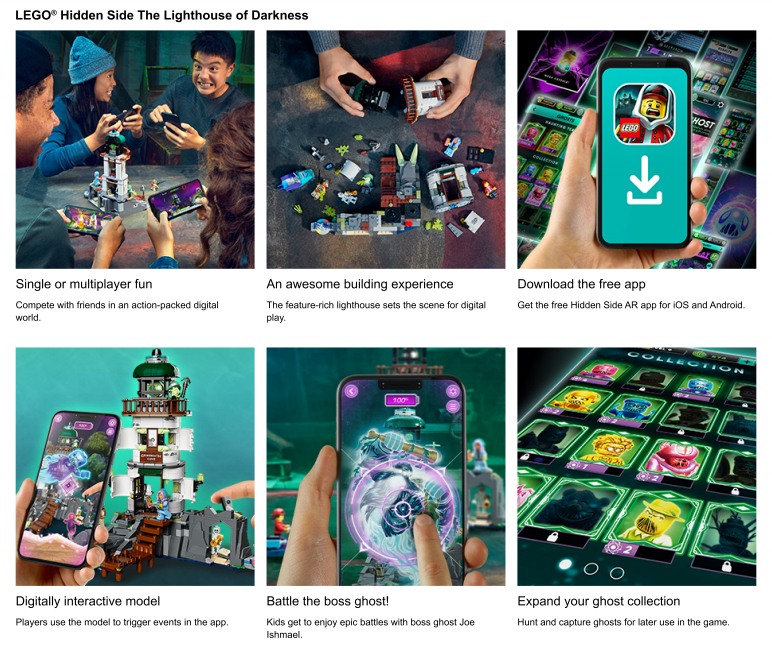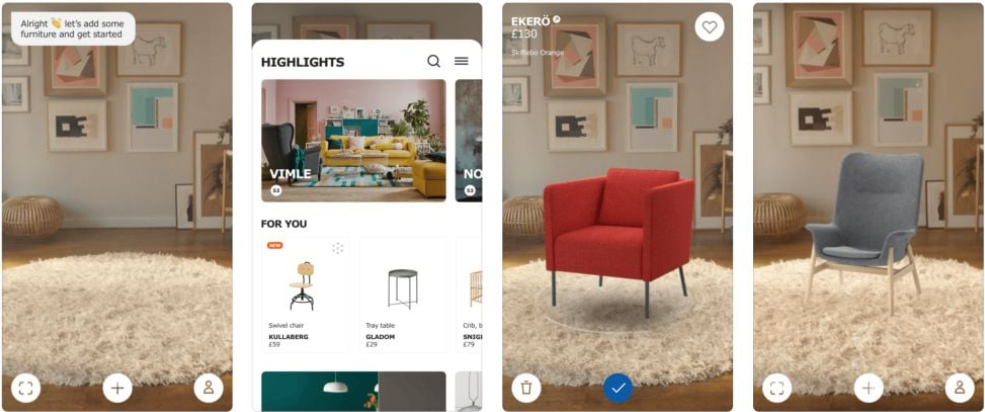The Future of Retail: How AR Geolocation is Shaping Shopping Experiences
Introduction
The retail industry is facing unprecedented challenges: fierce competition from e-commerce, shifting consumer behavior, and increasing demand for immersive shopping experiences. Today’s customers don’t just look for products—they seek a reason to visit stores, a story to explore, and an experience worth sharing.
In this context, retailers are searching for breakthrough technologies to attract and retain customers. AR Geolocation is one of the most promising solutions, reshaping the future of retail by transforming physical stores into personalized, interactive, and immersive spaces.
The Concept of “Shopping Experience” Has Completely Changed
In the past: Shopping experiences mainly focused on products, customer service, and store design. Retailers concentrated on eye-catching displays, good service, and a clean, organized environment. The journey was simple—from search to purchase.
In the future: Shopping experiences will merge the physical and digital worlds, where customers not only buy but also explore, interact, and enjoy. Stores will become destinations—stages for interaction and spaces for deeper connections with brands. AR Geolocation makes this vision possible.
3 Ways AR Geolocation is Transforming Retail
1. Turning Stores into Multi-Dimensional Worlds
AR Geolocation allows retailers to overlay virtual content onto physical spaces, converting static areas into interactive points of discovery. Customers can unlock hidden layers of information, engage with virtual characters, or play mini-games while shopping.
Examples:
Furniture stores: Customers scan a rug and instantly view 3D models of sofas and dining tables placed on it, helping them visualize furniture in context.
Supermarkets: AR can display nutritional details, product origins, or recipe ideas when customers point their phones at the produce section.

2. Personalizing Every Detail
By leveraging location and behavioral data, AR Geolocation enables retailers to offer personalized experiences and promotions.
Examples:
Behavior-driven personalization: If a shopper lingers in front of Product A, the app can display an AR video and deliver a unique discount voucher.
Virtual AR assistants: Based on shopping history, an AR staff avatar can recommend products tailored to the customer’s preferences.
Benefit: Personalized engagement enhances loyalty because customers feel understood and valued by the brand.
3. Optimizing the Shopping Journey
One of the biggest challenges in large stores is customers feeling lost or unable to find products. AR Geolocation solves this seamlessly.
Examples:
Virtual navigation: When a customer searches for a product, the app displays an AR arrow guiding them directly to its shelf.
Smart support: In electronics stores, scanning a laptop could reveal floating AR highlights of its key features, enabling faster comparison and purchase decisions.
Benefit: This reduces frustration, improves efficiency, and elevates the overall shopping experience.

Real-World Applications & Lessons
Zara: Launched an AR campaign allowing customers to see virtual models showcasing new collections inside stores. It transformed shopping into a dynamic and entertaining event.

Lego: Its AR app lets kids scan product boxes and watch 3D models come to life, sparking imagination and engagement.

IKEA: The IKEA Place app allows customers to visualize furniture in their homes with 3D AR models, boosting purchase confidence.

Challenges and Opportunities for Retailers
Challenges: Implementing AR Geolocation requires significant investment in both technology and creative content. Success depends on close collaboration between marketing, IT, and creative teams.
Opportunities: Early adopters will gain massive competitive advantages by delivering unique, memorable experiences that attract new generations of shoppers.
The Future of Retail: More Than Technology, It’s a Philosophy
The future of retail is not about competing on price but competing on experience. AR Geolocation is more than a tool—it’s a philosophy. It transforms stores from simple sales points into destinations of discovery and engagement.
Brands can build deeper relationships with their customers, turning them from casual shoppers into loyal fans.
Conclusion
Retail stands at a critical crossroads. The winners will be those who dare to invest in technology and customer experience innovation. AR Geolocation is the key to unlocking this future.
The time to act is now—before being left behind.
AR Geolocation is the key to unlocking the future.
AR Geolocation is not just a trend — it is the key to elevating the retail experience. With extensive experience in implementing AR/VR campaigns for major brands, MARVY helps businesses boost engagement and attract customers right at the point of sale.
📌 Explore real projects: View Portfolio











